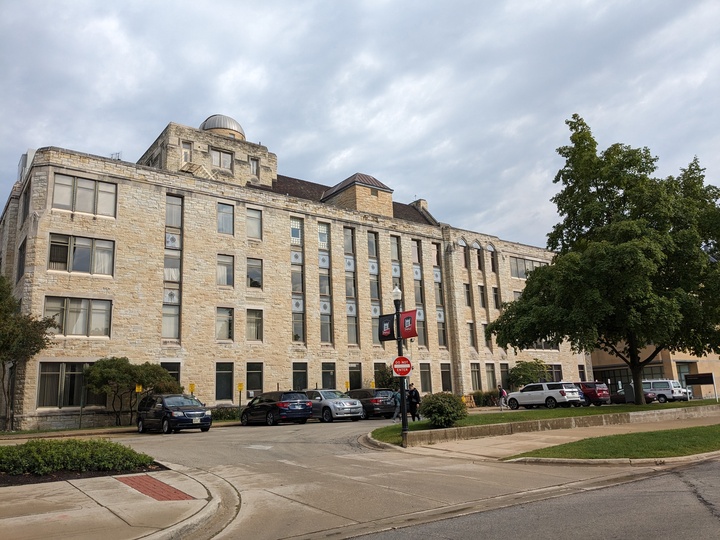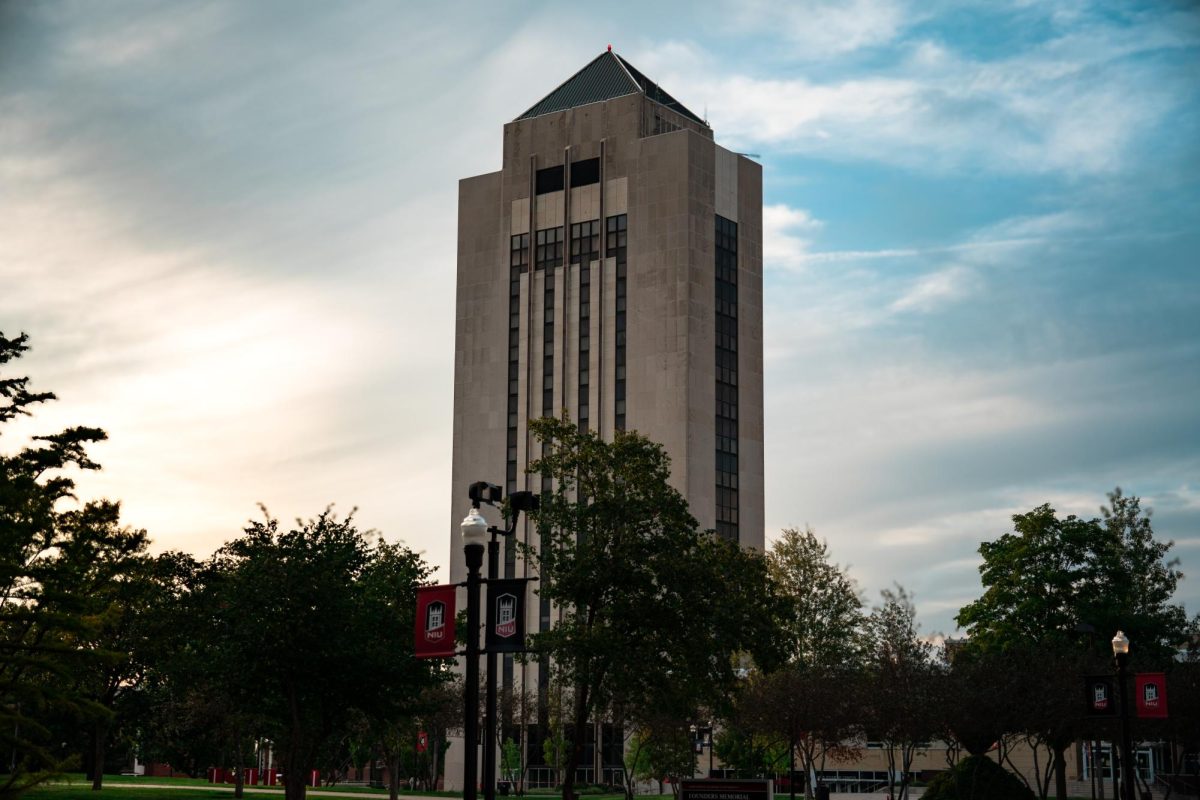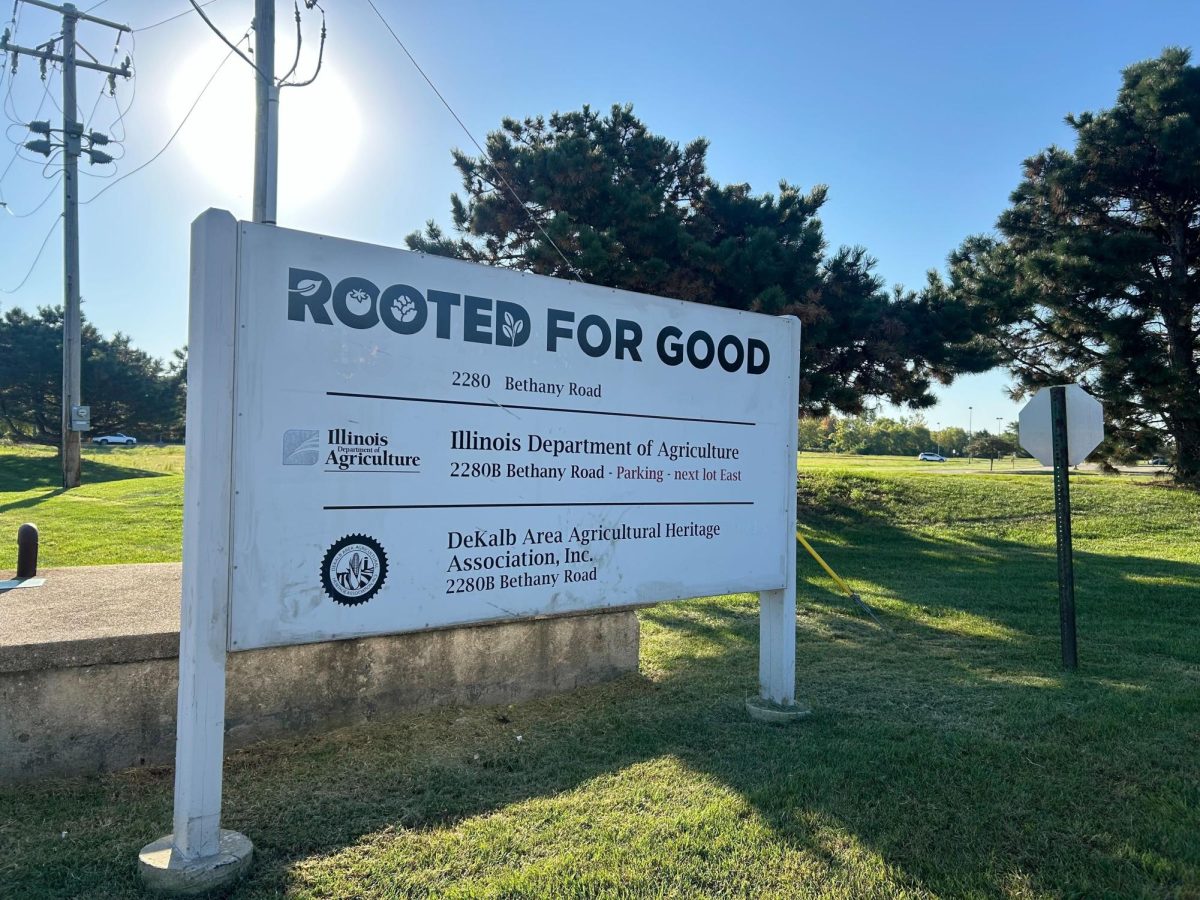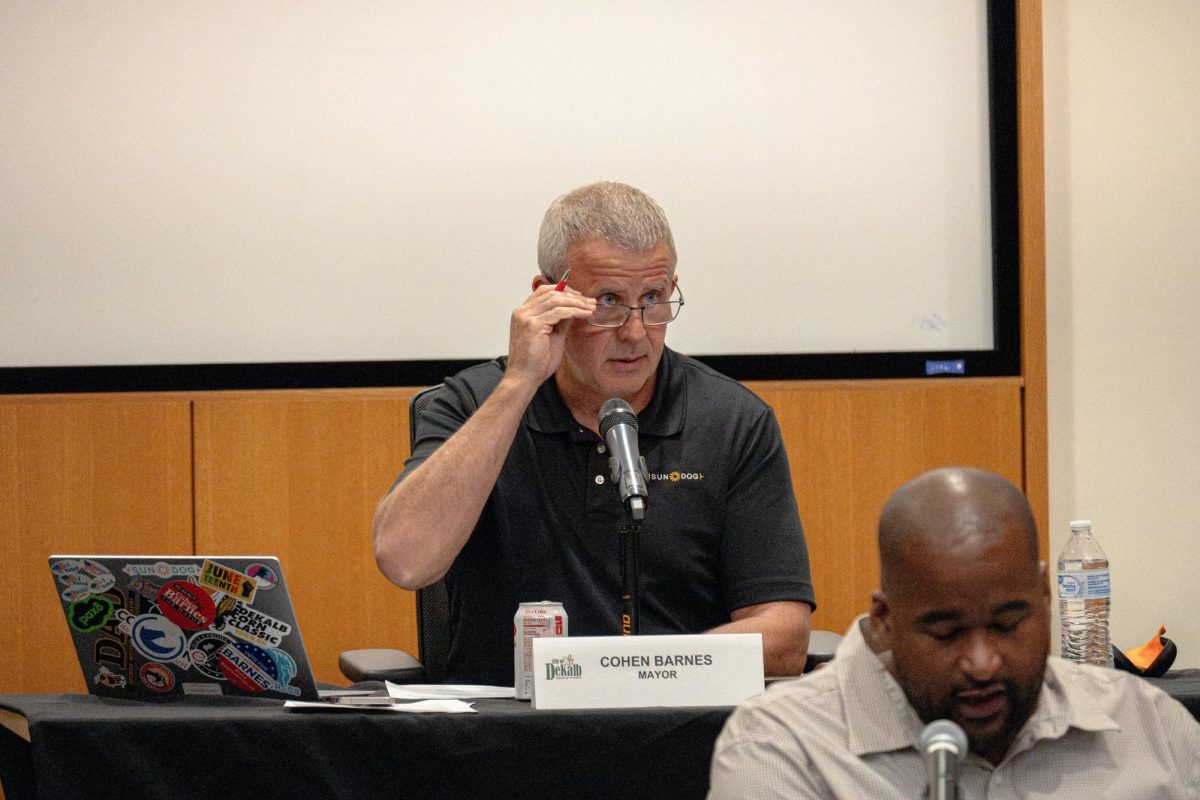DeKALB – Seismic shifts are happening on campus, just not earthquakes.
Two years after being approved, two earth science departments were finally combined.
On Dec. 7, 2021, it was announced that the NIU Department of Geographic and Atmospheric Sciences was going to merge with the Department of Geology and Environmental Geosciences. Now, the Bachelor of Science for both disciplines has been renamed the bachelor of science in earth, atmosphere and environment. These changes also apply to their respective master’s and doctor of philosophy degrees.
The new department no longer offers a Bachelor of Arts, but students currently pursuing that degree can finish under the previous course catalog or use credits and current coursework toward the department’s newly named degree.
“It’s mainly because there tends to be more overlap in the field now than 50 years ago when the two disciplines were split. The tools and the goals are the same, so there was a lot of collaboration already going on between the departments when they were separate,” said Mark Frank, chair of the Department of Earth, Atmosphere and Environment.
Geology focuses on the earth and its varying functions, like earthquakes, while Geography studies spatial arrangement, how land use changes over time or the physical organization of communities.
“What’s happened is the classical geology theory over the last 50-60 years is now trending into a lot more work being done with things involving water quality and climate change,” Frank said. “The line between geology and geography became blurred because many tools and activities are being done on both sides, which overlap nicely.”
Before the merger, there were separate computer rooms for the two disciplines which caused scheduling conflicts for some students seeking lab time. After the merger, one of those rooms is now open to all students and the other is now a dedicated classroom.
Students in both disciplines were taking many of the same classes needed for their individual degrees.
This caused the administration to file extra paperwork showing how a geography class would apply to a student’s geology major or how a geology student’s career choice necessitated certain geography classes.
“There was a lot of extra work, and there was much confusion for the students,” Frank said. “The merger allowed us to streamline that into essentially an emphasis or a degree that matches what they would do in the real world.”
The restructuring aims to broaden students’ paths to degree completion.
“The degree requirements have become more flexible because we recognize that as we get to greater degrees of interdisciplinary work or transdisciplinary work, we want to allow the students to have greater flexibility in designing their program to match it with their ultimate career,” Frank said.
Senior geology major Camryn Parker is optimistic about the increased program flexibility and excited to try new classes.
“I feel like I’m getting a wider range of education now,” Parker said. “It almost feels like I’m encouraged to take classes in areas geology majors wouldn’t have previously.”
Not everyone is convinced the merger is for the better. Environmental geoscience major and senior Caylin Wiggins has mixed feelings about the merger.
“It adjusted what classes you needed to take and made some things easier depending on what you wanted to do,” Wiggins said. “But I also feel like it lost that sense of individual identity, whereas now we are all part of one big group. It’s also still hard to tell what applies when looking at course requirements for your major online.”
Faculty are also adjusting to the new system.
“I feel like this semester has been very busy for our professors because of the merger, and it made it harder for them to find time for us,” Parker said. “Last semester, you could find a professor and have a long conversation with them, but now it’s harder for them to find the time.”
Any new initiative has its kinks, but only time will tell if the university’s move strikes gold.
















